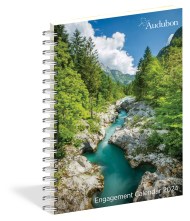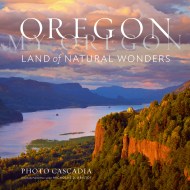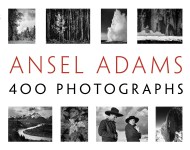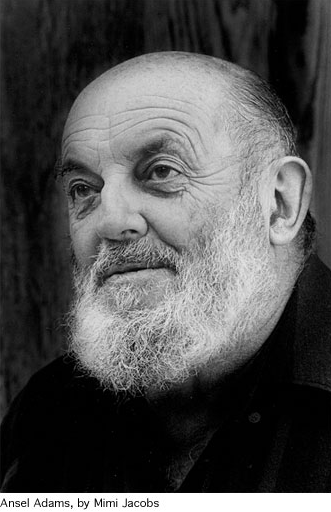Promotion
Use code TAURUS25 for 20% off sitewide + free shipping over $35
Ansel Adams in the National Parks
Photographs from America's Wild Places
Contributors
By Ansel Adams
Edited by Andrea G. Stillman
Formats and Prices
Price
$50.00Price
$63.00 CADFormat
Format:
Hardcover $50.00 $63.00 CADThis item is a preorder. Your payment method will be charged immediately, and the product is expected to ship on or around October 18, 2010. This date is subject to change due to shipping delays beyond our control.
Also available from:
The most comprehensive collection of Ansel Adams’s photographs of America’s national parks and wilderness areas, with more than 200 photographs — many rarely seen and some never before published.
For many people, Yosemite, Yellowstone, Glacier National Park, and other iconic American wildlands exist in the mind’s eye as Ansel Adams photographs. The legendary photographer explored more than forty national parks in his lifetime, producing some of the most indelible images of the natural world ever made. One of the twentieth century’s most ardent champions of the park and wilderness systems, Adams also helped preserve additional natural areas and protect existing ones through his photographs, essays, and letter-writing campaigns.
Edited and with commentary by Andrea G. Stillman, the foremost expert on Adams’s work, this landmark publication includes quotations by Adams on the making of numerous photographs and essays by Wallace Stegner, William A. Turnage of The Ansel Adams Trust, and journalist and critic Richard B. Woodward. This is a must-own for Ansel Adams fans and all those who, like Adams, treasure America’s wilderness.
For many people, Yosemite, Yellowstone, Glacier National Park, and other iconic American wildlands exist in the mind’s eye as Ansel Adams photographs. The legendary photographer explored more than forty national parks in his lifetime, producing some of the most indelible images of the natural world ever made. One of the twentieth century’s most ardent champions of the park and wilderness systems, Adams also helped preserve additional natural areas and protect existing ones through his photographs, essays, and letter-writing campaigns.
Edited and with commentary by Andrea G. Stillman, the foremost expert on Adams’s work, this landmark publication includes quotations by Adams on the making of numerous photographs and essays by Wallace Stegner, William A. Turnage of The Ansel Adams Trust, and journalist and critic Richard B. Woodward. This is a must-own for Ansel Adams fans and all those who, like Adams, treasure America’s wilderness.
-
"A stunning visual journey through America's national parks and wildlands."Good Morning America
- On Sale
- Oct 18, 2010
- Page Count
- 344 pages
- Publisher
- Ansel Adams
- ISBN-13
- 9780316078467
Newsletter Signup
By clicking ‘Sign Up,’ I acknowledge that I have read and agree to Hachette Book Group’s Privacy Policy and Terms of Use












